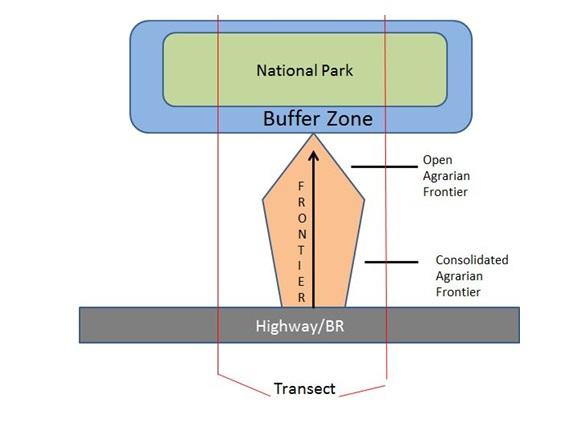Objective & Methodology
Objective
PRODIGY 2.0 intends to understand the interdependencies between functional soil biodiversity, human-environment interactions, governance and socio-economic-ecological transformation of local societies at the border triangle of Peru (Madre de Dios), Brazil (Acre) and Bolivia (Pando), the MAP-region.
Our common starting point is the understanding of the role of tipping points in each participating discipline. As for social sciences, we aim to understand how interlinkages and feedback-loops between local social dynamics and land system changes contribute to life-sustaining or harmful impacts on present and future societies. More specifically, we also aim to further apply and adapt the tipping point framework (Froese et. al. 2023) elaborated in PRODIGY phase 1 with respect to feedback loops and potential tipping dynamics.
Thus, we aim to
Investigate the impact of potential agents and drivers of change in the social-ecological system of the MAP region that moderate and influence these process feedbacks;
Evaluate criteria for reflexive institutions and spaces for democratic deliberation necessary for the realization of the PRODIGY-Sustainability and Governance Scenarios;
Offer a methodological toolbox (digital & non-digital) for science-based communal planning in co-production processes of sustainable livelihoods/futures;
Disseminate PRODIGY-results to other tropical regions together with WP5 and in dialogue with further GlobalTip-projects;
Sustain the relevance of scientific results for other tropical regions by making our toolbox available to planning processes in comparable contexts.
Methodology
The heart and starting point of our project are biodiversity related processes that may occur too far away from conventional research-designs and scales to be regulated by policy instruments. Taking this into account, our inter- and transdisciplinary research consortium employs qualitative and quantitative, multivariate and multi-scale approaches. We want to explore how public policies and land-management strategies can operationalize the use of biodiversity as a valuable asset for ensuring human livelihood and maintaining socio- ecological system resilience in the face of climate change and economic shocks.

With transdisciplinarity we mean a research methodology that goes beyond the boundaries of traditional academic disciplines and incorporates multiple epistemic spheres, in our case predominantly local perspectives and diverse knowledge sources. It involves collaboration, co-production and integration of diverse forms of knowledge to address complex problems and challenges that cannot be adequately solved within the confines of a single discipline and mono-methodological approaches. Transdisciplinary research is characterized by its focus on real-world issues and the active engagement of stakeholders in the research process. The aim is to generate new insights and solutions that are relevant and applicable to a broad range of fields and contexts. Examples include the dissemination via multi-stakeholder and future scenario workshops, social media, postgraduate courses, tutorials or webinars. At the same time we draw from more established social science research methods, e.g. participant observation, interviews, focus group discussions and survey results.